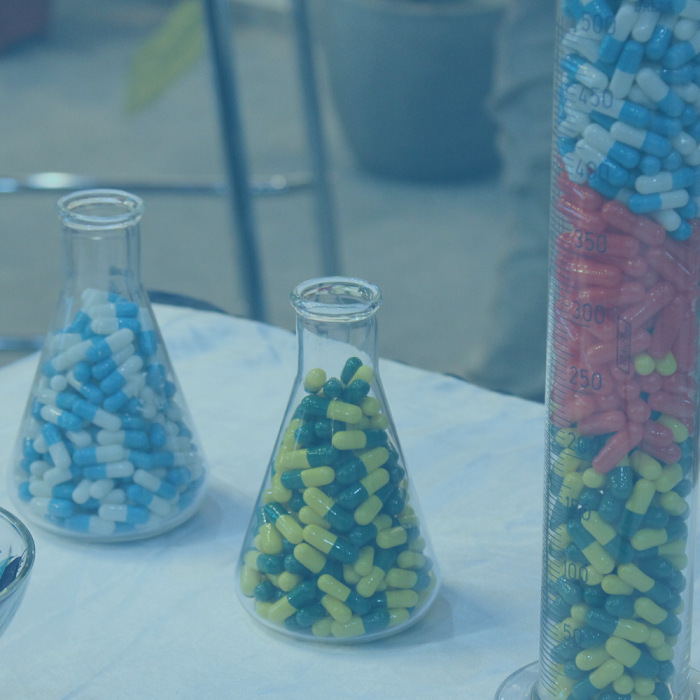

Ilma Nugrahani
This study is one part of the drug multi-component cocrystal research series to produce superior pharmaceutical performance by crystal engineering. Our previous researches have been successful in inventing the multi-component salt cocrystals from sodium saccharine with theophylline and sodium diclofenac with L-proline, besides their base and zwitterionic cocrystal. The new multi-component salt cocrystals showed a significant improvement in the pharmaceutical performance of the poor soluble parent drugs and over both their cocrystal and the salt form; and have been published in several international journals Q1 and Q2 rank. Ciprofloxacin is an antibiotic in the BCS (Biopharmaceutical Classification System) classification system is class IV which means it also has poor solubility and permeability. This is what underlies that the ciprofloxacin solubility and dissolution need to be improved to increase the efficacy of its oral dosage forms. Recently, we have composed and determined the three-dimensional structure of a new multi-component salt of ciprofloxacin base with salicylic acid, namely 1.75-hydrate ciprofloxacin salicylate. This new crystal was proven to enhance the solubility of ciprofloxacin but only ± 1.5 folds. Hereafter, the present experiment aims to form a multi-component salt cocrystal from ciprofloxacin hydrochloride (ciprofloxacin – HCl) with the same conformer, salicylic acid to modulate the physicochemical properties of the antibiotic more. A multi-component cocrystal which is made from a salt-drug with the selected conformer will combine the advantages both of cocrystal and salt properties. By arranging this triple multi-component system (organic parent drug – cationic/anionic inorganic element – organic conformer), the superior physicochemical characteristics such as solubility, dissolution, and stability can develop. Practically, this experiment will be divided into three main stages. First, is molar ratio screening for multi-component systems, which was evaluated by electrothermal, Differential Scanning Calorimeter (DSC), Fourier Transform Infra-Red (FTIR), and Powder X-Ray Diffractometer (PXRD). The second step is to isolate a single crystal from a multi-component system to determine its three-dimensional structure using a Single Crystal X-Ray Diffractometer (SCXRD). The last step is the evaluation of solubility, dissolution, and stability. The research will be performed by a collaboration with Uekusa’s Laboratory Group, in the Chemistry and Materials Science Department of Tokyo Institute of Technology, which provides the adequate instruments such as DSC, PXRD, and SCXRD and has the advance experience in pharmaceutical crystallography. We have produced several collaborative research articles in international journals from 2008 until the present. The multi-component crystal obtained from this research is expected can be utilized for the development of ciprofloxacin oral dosage forms, both solid and liquid. In the world of science of drug development and chemistry, the three-dimensional structure of the multi-component crystal is a much-awaited finding. Hence, the results of this study deserve to publish in reputable international journals.